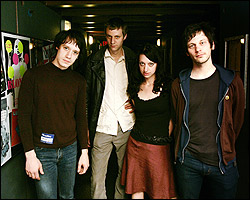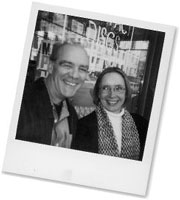 |
Buses that are meant to retire after 12 years of service shouldn’t make it to their 14th birthday. When this happened to a fleet of King County Metro Transit’s articulated tunnel buses, Metro looked into replacements and found that instead of just acquiring new versions of the old model, they had an opportunity to take advantage of some exciting new options in transportation. Although the technology behind hybrid vehicles was, at the time, still getting its kinks worked out, Metro had led the region in converting to ultralow-sulfur fuel, so why not be the first in the nation to acquire a convoy of public transportation vehicles utilizing an energy-saving gas and battery-powered platform? Once Metro’s procurement committee determined that Metro would save $3.5 million a year on fuel and energy costs by replacing the aged buses with hybrid buses, it was a no-brainer. Except that these MAGIC BUSES didn’t actually exist—yet. With Metro’s specs in mind, a team of engineers from New Flyer of America, Allison Transmission (a division of GE Motors), and Caterpillar came up with a custom model that, for all intents and purposes, looks and feels like the buses you’re accustomed to, except that the new buses are worlds better for the environment—and the county’s budget. The new buses, which run primarily on routes that service out-of-city neighborhoods and suburbs, are a little quieter, too, and unlike the buses they’re replacing, the new hybrids are built here in America. Metro Vehicle Maintenance Manager Jim Boon, who drives a county-issued Toyota hybrid car at work and his own Honda hybrid in his off hours, reports that over 50 hybrid buses are delivering passengers already, and with about seven to 10 new ones arriving each week, Boon says riders can expect to see all 235 of these amalgamated people carriers on the streets by the end of the year.—Laura Cassidy
SEATTLE WEEKLY‘S BEST OF SEATTLE 2004 INDEX







